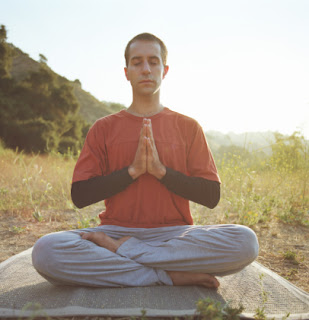Mindfulness Meditation And The Power Of Now
 |
| Hemera Technologies c/o Photos.Com. |
Have you ever been caught up in a wave of anger, craving or worry where you felt the emotion carry you away like a wild horse you could not control? Most of us have experienced the strength of these energies and wondered how to work with rather than be ruled by them.
The healing power of bringing awareness to our experience—just as it is here and now—is what Eckhart Tolle calls the “power of now.” Tolle, who is giving a rare public talk in Washington Thursday night at the Warner Theater, points to the freedom and inner peace that comes from opening fully to this moment without judgment, resistance, or holding.
For over 2,000 years, Buddhism and other wisdom traditions have taught that there is a way out of the stress and suffering that can fill our lives, and a possibility of living a life free of suffering. Mindfulness, the practice of opening fully to our experience in this moment—the joys and sorrows; the good, the bad, and the ugly—is the gateway to this deep freedom of the heart.
In recent years, the wisdom of these ancient teachings has been confirmed by scientific studies, which demonstrate that we can train our minds, change our brains, increase our well-being, and radically lessen such afflictive states of mind as anxiety and depression.
Please go to the original article here at washingtonpost.com:
Mindfulness meditation can bring peace of mind and acceptance of everyday situations that might ordinarily cause us a great deal of emotional distress. Practicing mindfulness meditation as part of yoga is an excellent way to combine practices and get the most from your mind and body.
Please feel free to leave a comment or you can simply click the like button to share this with a friend.
Meditation brings wisdom; lack of mediation leaves ignorance. Know well what leads you forward and what hold you back, and choose the path that leads to wisdom. -- Buddha





